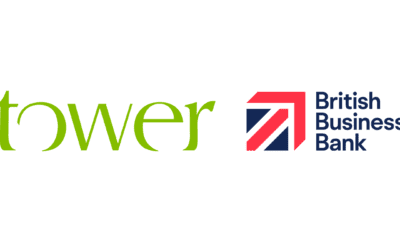When looking to expand your small business, you’ll want to grow the team around you. In October and November 2011, times were at a high for employers, as unemployment rates were at their peak (8.4%). The high numbers of job-seekers made it easy to find new talent and the costs to hire were lower.
However, the unemployment rate in November 2018 was less than half (4.0%) of the rate in 2011. And at the time of writing, the Office for National Statistics (ONS) has just announced that the unemployment rate has fallen even further to 3.4%. This can have several impacts on your small business’s cash flow. Here are some of those effects and what you can do to combat them.
1. More expensive to hire
The first problem employers will find is that it will be more expensive to hire new talent. Statistics show that wages will increase at a rate of 0.8% in 2019. And it isn’t just wages; your employer’s national insurance tax contributions will also increase as a result.
In addition, the search for new employees is also going to take longer as it is harder to find talent that will want to switch jobs. Recruitment drives will, therefore, cost more and you will have to offer higher compensation packages to attract quality candidates.
2. Not getting the best talent
When you’re looking to hire, you need to ensure that you have the right talent coming into your business. This can be challenging when there are fewer candidates to choose from and this is often the time when bad hiring decisions are made. This can increase recruitment costs as you end up in a cycle of replacing bad hires.
According to research, a bad hire can cost up to six months’ wages and half of all hires can be considered bad. Some businesses will, therefore, use recruitment consultancies and other outsourced HR functions to cut costs.
3. Less money for investing in assets
As the expense of recruitment and hiring increases, businesses will need to look carefully at their cash flow. It is likely there will be fewer funds to be invested in assets without the need for business financing.
A way around this is leasing equipment and vehicles from providers, or you could look at alternative funding options for your SME. These can help you get the equipment you need without expensive outlays.
Whatever stage of business expansion you’re at, you need to be prepared for the current climate. With wages on the rise and unemployment rates low, you need to look at your small business cash flow. Assess whether you can really afford new hires and what they will do to other areas of your business investment.
High employment rates affecting cash flow – where to find out more
Find out more about our solutions for cash flow and other types of business funding on our Alternative Finance page. Please get in touch if you’d like to discuss how we can help with your business funding.


